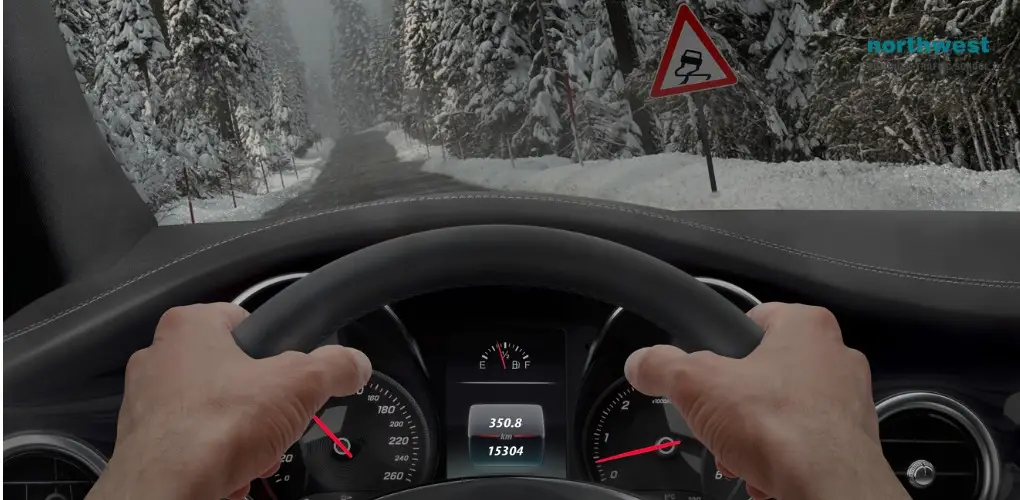- Others
How To Drive In Winter Weather

Driving in wintry conditions is something that everyone experiences eventually. While Nevada might not be famous for its harsh winters, driving in another part of the U.S. during the colder months means dealing with iced-over roads, snow, driving rain, and having to defrost your car in the morning. To make life a little easier this winter, we’ve put together some tips for how to drive in winter weather.
Read More: 10 Things To Consider During Winter Driving
Surviving The Cold
Before You Drive – Sleeping in cold temperatures can hurt your car. Before heading out on the road, it’s best to ensure your car is properly warmed up by running the engine. Do not warm up your vehicle in an enclosed area like a garage. Very cold weather can affect the air pressure in your tires, so it is best to check your tire pressure before driving. In areas of the U.S. where the temperature drops extremely low, motor oil can begin to thicken, losing the viscosity that allows the oil to flow and lubricate, making it ineffective and potentially damaging your car when the engine is started. In these conditions, storing your car indoors in a garage overnight is best. It is advisable to keep your tank half full of gas at all times to keep yourself warm if you break down.
Visibility – Low ambient light and weather conditions, such as snow and heavy rain, can reduce visibility during the winter months. Before driving, ensure your brake lights, headlights, and all other lighting on the outside of your vehicle are functioning.
Driving Defensively – When driving in snow and icy conditions, it is important that you prioritize safe driving. Avoid traffic if you can. Make sure you are observing the correct distance between you and the car in front of you. Reduce your speed. Remember that heavy snowfall can refract high-beam headlights, potentially blinding other drivers, so be considerate of their use.
Hydroplaning – Ice and water on the road’s surface can cause a car’s tires to lose traction, causing the car to hydroplane or skid.z In this situation, the key is to stay calm. Do not break or turn suddenly, rather turn your car into the skid and pump the brakes gently. Once your car has stopped hydroplaning, turn the wheel gently back to straighten out your vehicle.
Breaking Down – If you break down during the winter months, it may be some time before help can get to you. If possible, make sure your vehicle is safely off the road. If you need to leave your vehicle, make sure you are wearing high-visibility clothing. To stay warm while conserving fuel, turn on the car and run the heater for 10 minutes every hour. Before driving in adverse winter conditions, make sure you have a charged mobile phone with you should you need to call for help.
Written by:
Rich Heinrich
Master Instructor, Emeritus


